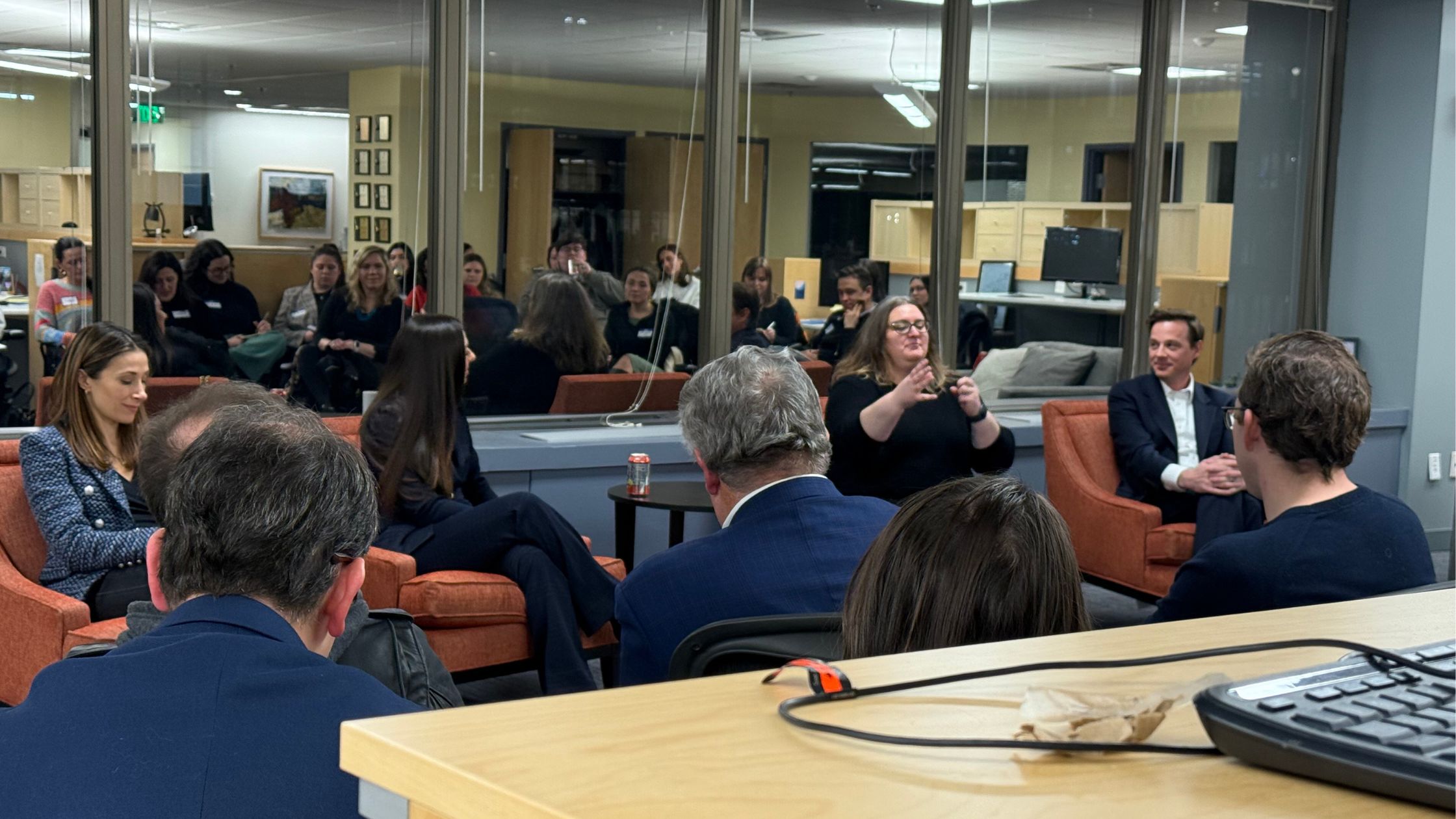Breaking news makes it hard for other stories to make it into the news cycle, explained broadcasts journalists at last week’s PR Club TV and Radio Journalists Panel. An insightful and engaging discussion was moderated by Rachel Huff, President and Founder of Victoire & Co. Panelists included broadcast journalists Brianna Borghi from WCVB, Nichole Davis from WBZ NewsRadio, and Cayle Thompson from Boston 25 News. During the event, they offered tips to capture media attention, new trends affecting newsrooms, and the ways in which journalists and PR professionals can work together to benefit the public. Takeaways included:
Stories That Resonate
The stories that resonate most with broadcast journalists have strong visuals, a local tie, and focus on issues that concern their audiences. Nonprofits and socially responsible companies often have such compelling angles in their back pockets, as many work to increase health care, safety, or food security in communities. Human interest stories appeal to journalists because they are human beings first and when they feel the tug at their hearts, they know their viewers will feel it as well. It’s a win-win. While broadcast journalists like to interview CEOs and other leaders as expert sources, hearing from a person on the ground using the service, attending the community college, or picking up food from a food pantry helps their audiences relate better to the larger issue.
For television, visuals are critical for a journalist to cover the story. When thinking about story angles, consider the images a reporter can capture while onsite, like b-roll of a large group gathered at a protest or an annual nonprofit fundraising event. Compelling audio clips are important for radio journalists, so look for natural sound opportunities for them.
The Intersection of Social Networks and Broadcast Media
In 2024, the Pew Research Center reported that digital sources are a large part Americans’ news diets, with social media playing a vital role for younger adults. Media organizations are using social media to connect with younger generations. Outside of traditional reporting, many are becoming more active on their personal and organization’s digital networks, capturing content for social while on a TV shoot or reporting a story exclusively on TikTok. Today, PR professionals should consider social media as another avenue for pitching and obtaining coverage. This can mean DM’ing reporters on Instagram instead of or in addition to emailing them. It’s important to remain open minded when thinking of and pitching stories, going beyond what’s worked in the past to consider what can work now as media trends emerge.
As we’ve written in previous blog posts, AI is further changing the media landscape. Some broadcast journalists are worried about how it can be used to copy their voices or images to falsely represent their views or opinions. Many large media organizations have internal AI tools to use, although the panel agreed that they are generally limiting their use of AI until there is more clarity on how to use it as a trustworthy journalistic tool.
Breaking News Gets Priority
There’s no question that in today’s news landscape, it’s hard to break through to reporters. Hard news combined with shrinking newsrooms creates less bandwidth for feature stories. Sometimes even the best pitches with the most compelling stories won’t crack through a newsroom if news is breaking. . It can be frustrating for reporters (and PR professionals) to work on a story that then gets pushed or never airs. But that’s the nature of this work, with everyone working at the will of the unpredictable news cycle. If that happens, remember that timing is everything for reporters. Consider sending post-event releases and photos to journalists after the event or try again at an appropriate time to re-pitch the story. Journalists and PR practitioners aren’t so different as both parties are trying to do their job in the best way possible to ensure the public gets meaningful news.
Broadcast media remains a powerful tool for nonprofits and socially responsible companies to reach potential volunteers or donors. As the media landscape continues to change (for better or for worse), we all have to work together to tell the stories people care about.



